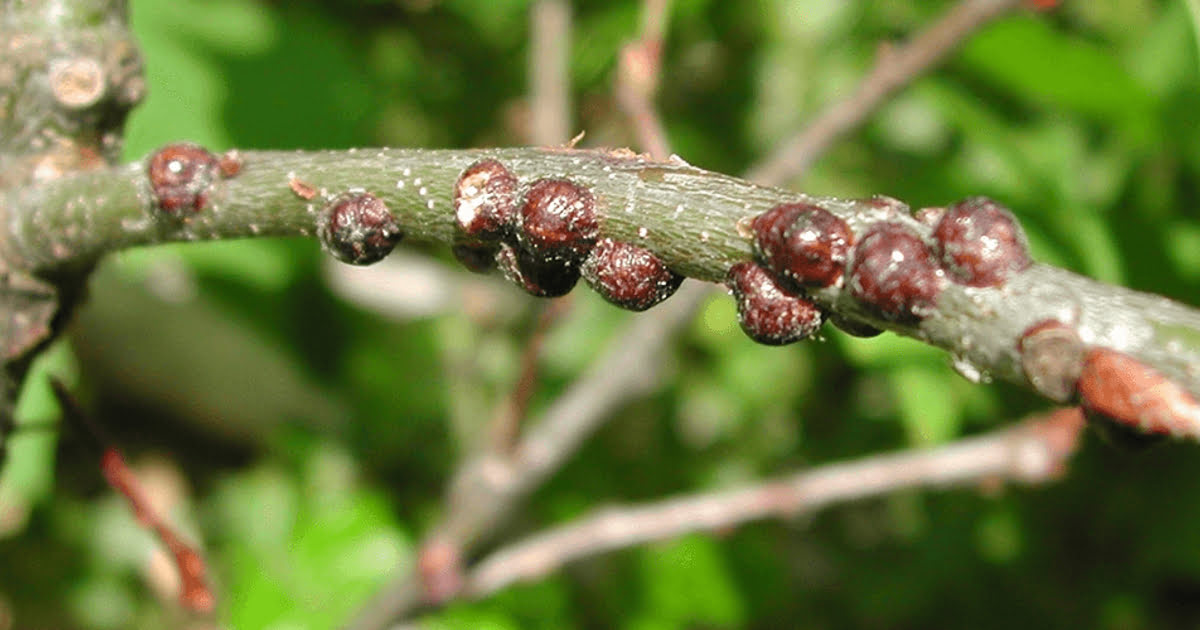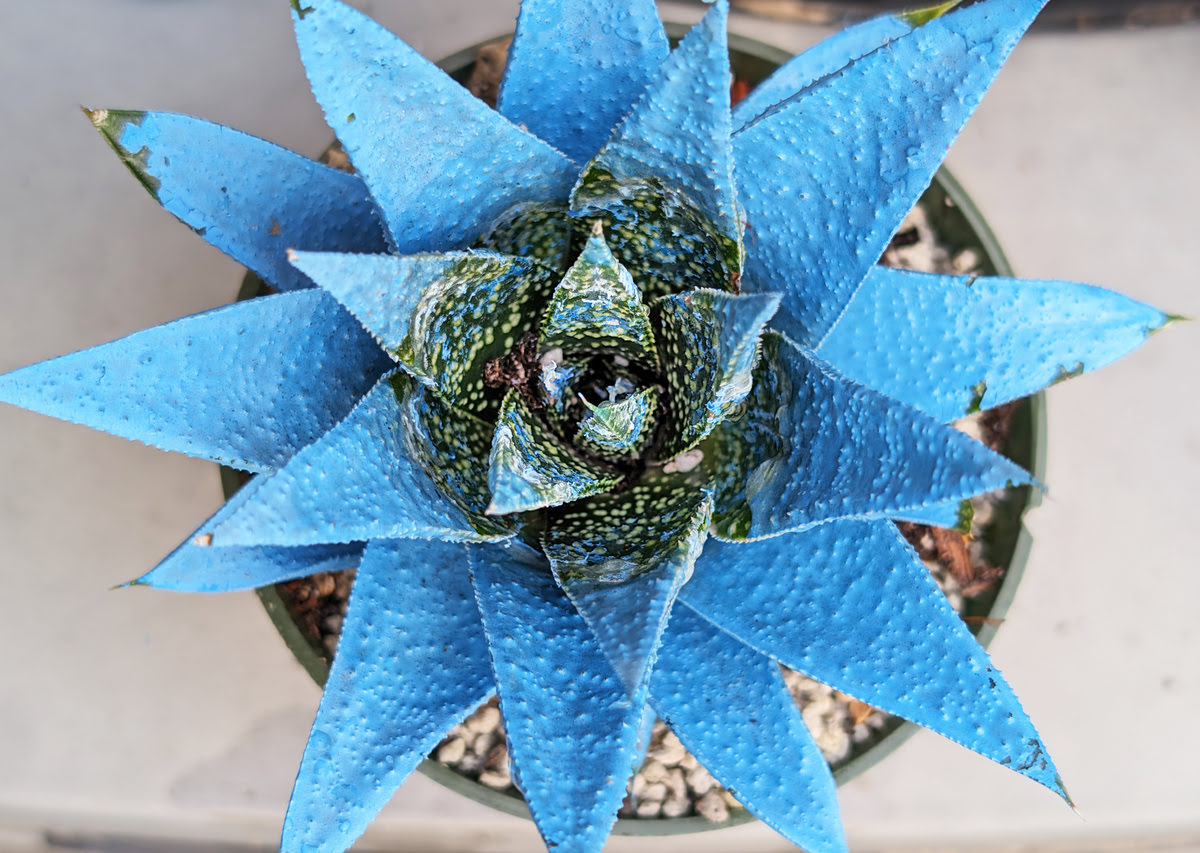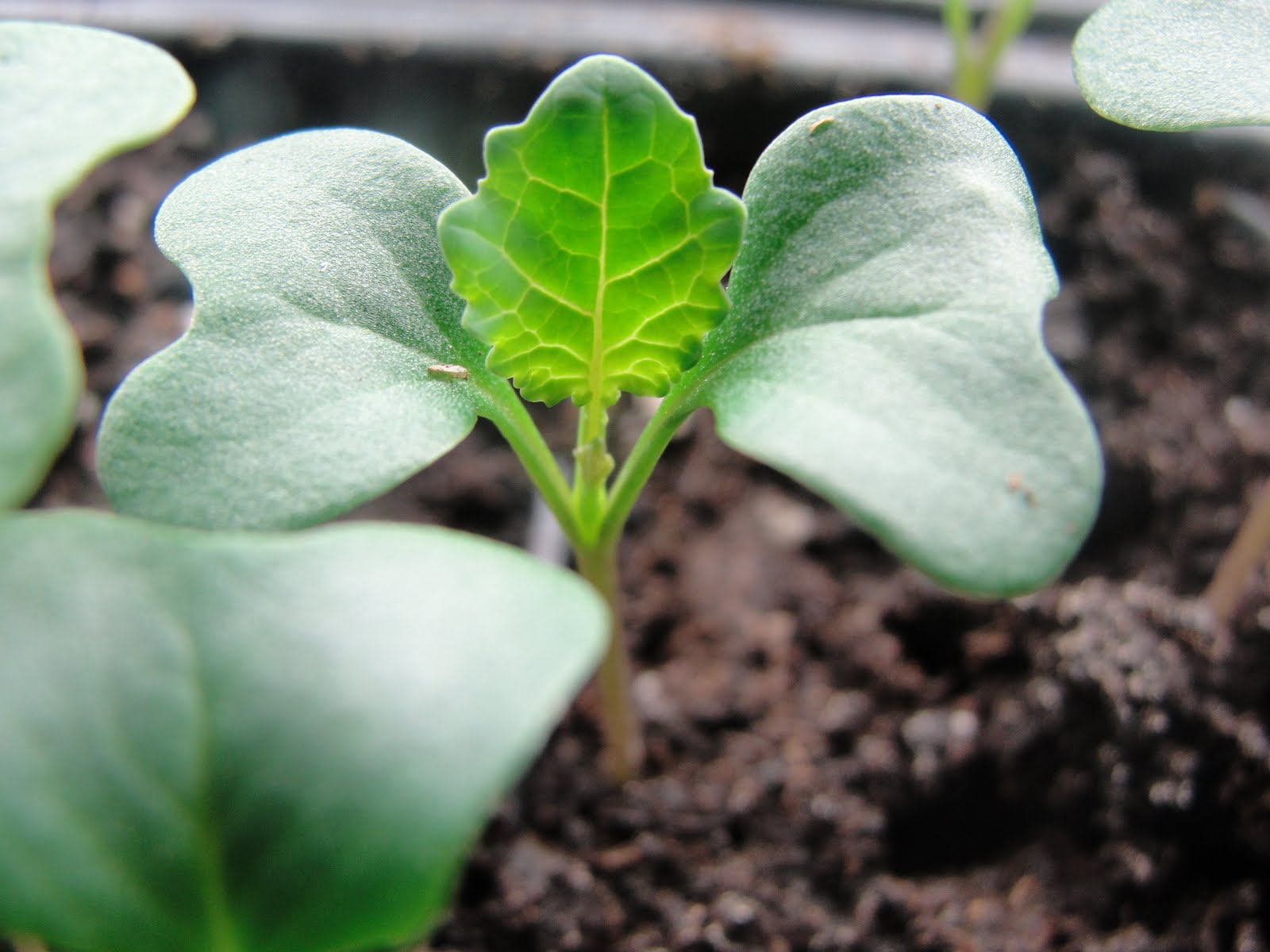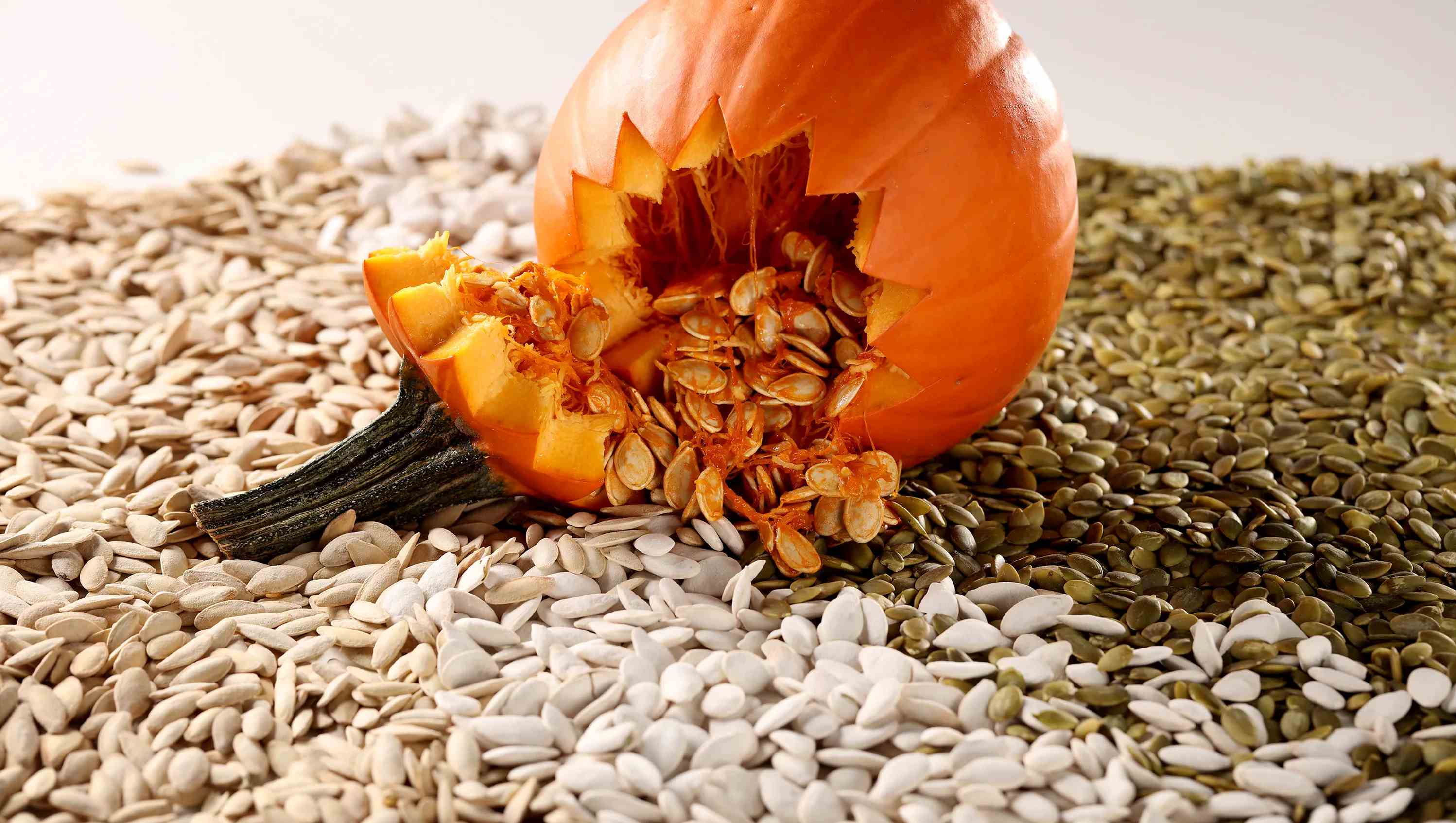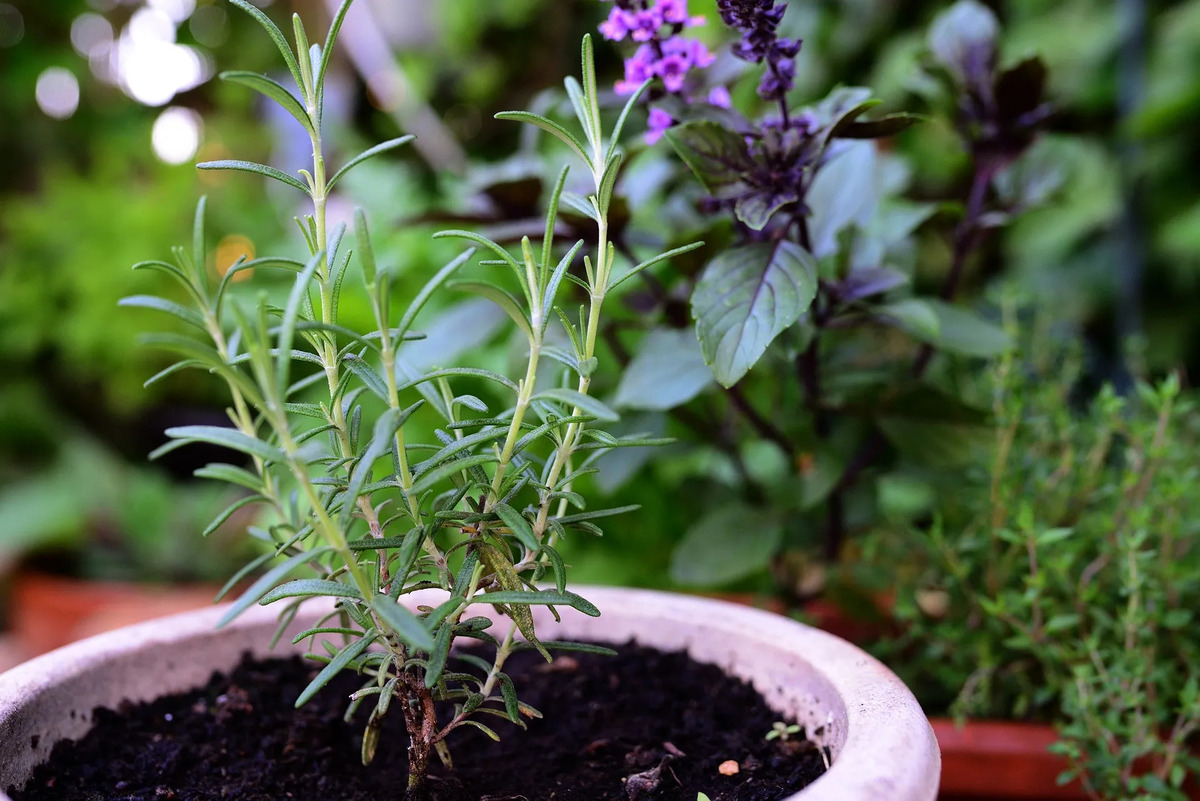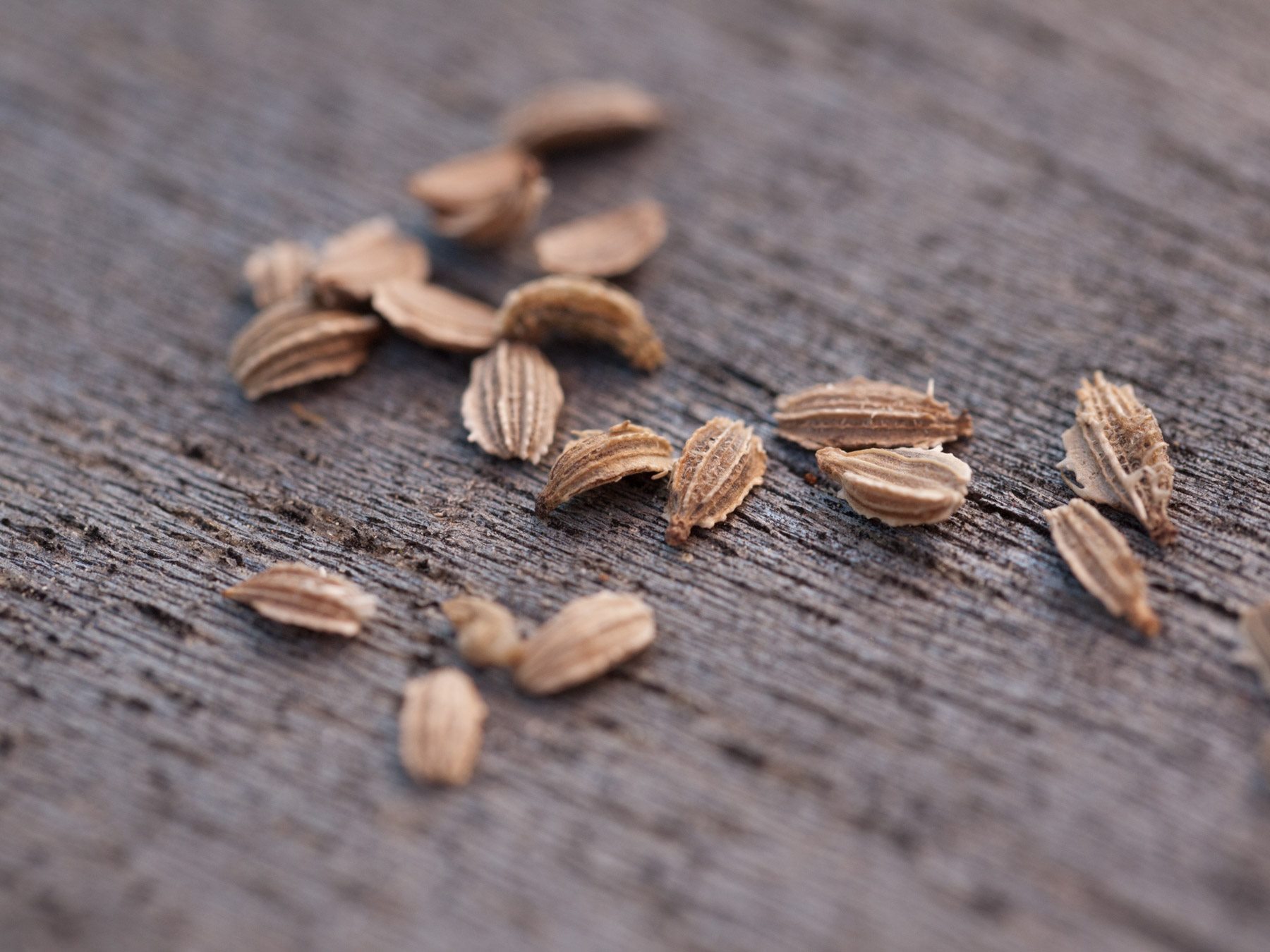Home>Types of Gardening>Edible Gardening>How To Remove Seeds From Blackberries
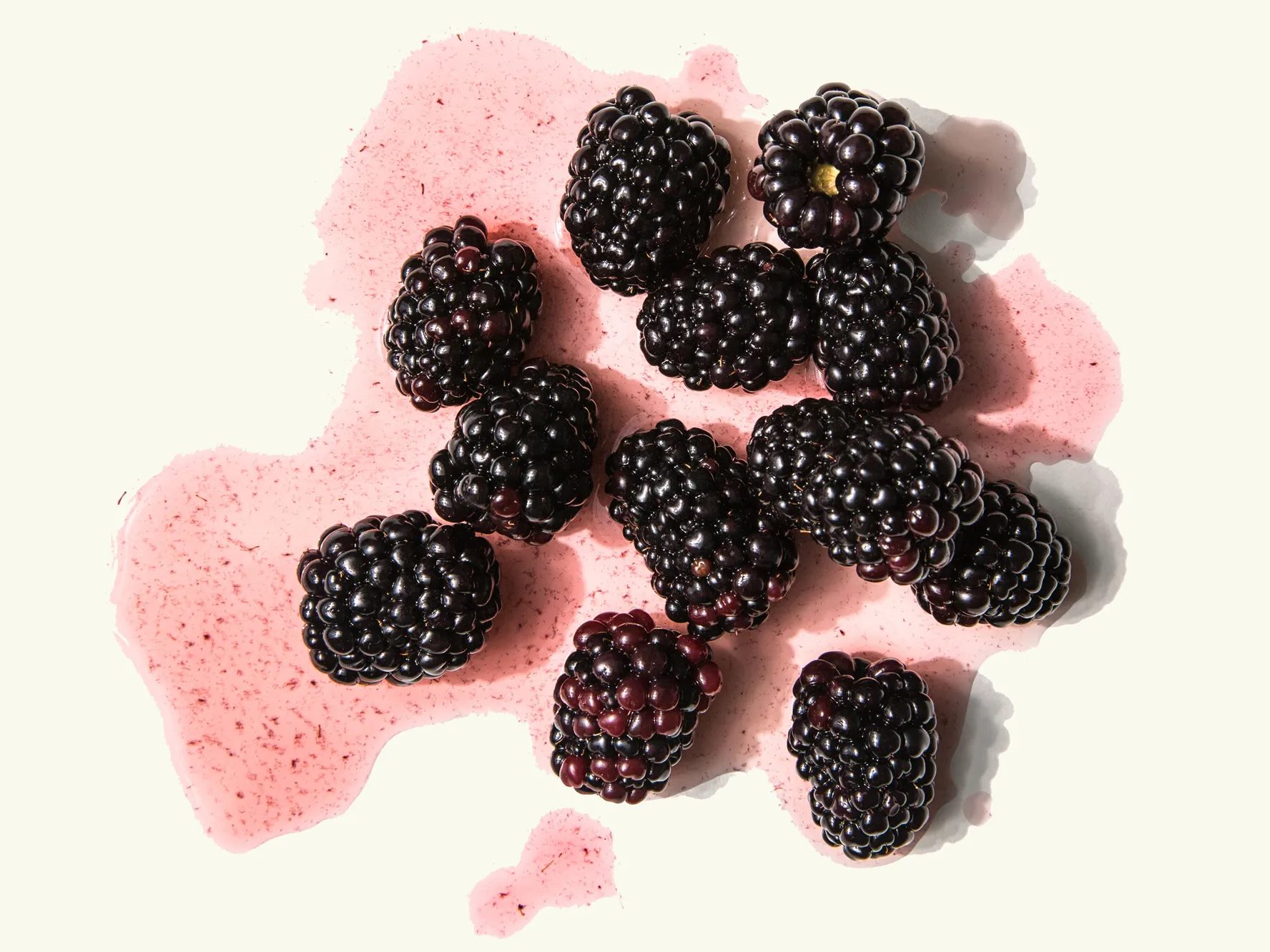

Edible Gardening
How To Remove Seeds From Blackberries
Published: September 17, 2023
Learn how to remove seeds from blackberries with our step-by-step guide to edible gardening. Enjoy delicious, seedless blackberries straight from your own backyard!
(Many of the links in this article redirect to a specific reviewed product. Your purchase of these products through affiliate links helps to generate commission for Chicagolandgardening.com, at no extra cost. Learn more)
Table of Contents
Introduction
Blackberries are a delightful fruit that can be enjoyed fresh, in desserts, or as a topping for yogurt and cereal. However, the tiny seeds present in blackberries can be bothersome for some people, as they can get stuck in your teeth or affect the texture of the dish. If you’re looking for ways to remove the seeds from blackberries without sacrificing their delicious flavor, you’ve come to the right place!
In this article, we will explore five different methods you can use to remove seeds from blackberries. Each method offers its own unique approach and level of effectiveness, so you can choose the one that best suits your preferences and needs. Whether you want a quick and easy solution or don’t mind putting in a little more effort for perfectly seedless blackberries, we’ve got you covered!
From using a strainer to freezing and straining, using a food mill, blending and straining, to manually removing the seeds, we’ll guide you through each method step-by-step. You’ll learn the pros and cons of each method, as well as any additional tools or equipment you may need.
By removing the seeds from your blackberries, you can elevate your eating experience and enjoy the fruit in a new way. Whether you plan to use seedless blackberries in baking, cooking, or simply enjoy them on their own without any unwanted crunch, these methods will help you achieve your desired result.
So, let’s dive into the various methods of removing seeds from blackberries and get ready to enjoy the pure, smooth goodness of seedless blackberries!
Method 1: Using a Strainer
If you’re looking for a simple and straightforward way to remove seeds from blackberries, using a strainer is a great option. Here’s how you can do it:
- Start by placing your blackberries in a strainer or a colander.
- Gently rinse the blackberries under cold running water to remove any dirt or impurities. Be careful not to apply too much pressure, as you don’t want to crush the berries.
- Once the blackberries are clean, take a spoon or a spatula and press the berries against the strainer. This will help separate the juice and pulp from the seeds.
- As you press the blackberries, the seeds will remain in the strainer while the juice and pulp pass through into a bowl or container placed beneath the strainer.
- Continue pressing the blackberries against the strainer until only the seeds are left behind. You may need to use the spoon or spatula to scrape off any remaining pulp from the seeds.
- Discard the seeds and transfer the seedless blackberry pulp to a separate container. You can use it immediately or store it in the refrigerator for later use.
This method is quick, easy, and requires minimal equipment. It allows you to remove the seeds from blackberries while preserving most of their juices and flavors. However, keep in mind that some tiny seeds may still pass through the strainer, so you may need to strain the pulp again for a completely seedless result.
Now that you know how to remove seeds from blackberries using a strainer, you can enjoy the smooth texture of seedless blackberries in your favorite recipes or as a standalone snack. Let’s move on to the next method for seed removal in blackberries.
Method 2: Freezing and Straining
Freezing blackberries before straining is another effective method for seed removal. The freezing process makes the seeds easier to separate from the pulp. Here’s how you can do it:
- Start by rinsing your blackberries under cold water to clean them.
- Pat the blackberries dry with a paper towel or a clean kitchen towel.
- Spread the blackberries in a single layer on a baking sheet lined with parchment paper.
- Place the baking sheet in the freezer and let the blackberries freeze for at least 3 to 4 hours, or until they are completely frozen.
- Once the blackberries are frozen, remove them from the freezer.
- Place the frozen blackberries in a strainer or a colander set over a bowl or container to collect the juice.
- Using the back of a spoon or a spatula, press the blackberries against the strainer. The frozen berries will easily break apart, and the juice and pulp will separate from the seeds.
- Continue pressing the blackberries until most of the juice and pulp pass through the strainer, leaving behind the seeds.
- Scrape off any remaining pulp from the seeds using a spoon or spatula.
- Dispose of the seeds and transfer the seedless blackberry pulp to a separate container.
This method preserves the flavor and texture of the blackberries while effectively removing the seeds. The freezing process helps to break down the berries, making it easier to strain out the seeds from the pulp. The resulting seedless blackberry pulp can be used in various recipes or enjoyed on its own.
Now that you know how to remove seeds from blackberries using the freezing and straining method, you can enjoy the sweetness of blackberries without the presence of pesky seeds. Let’s move on to the next method for seed removal.
Method 3: Using a Food Mill
If you prefer a more specialized tool for seed removal, using a food mill can make the process easier and more efficient. Here’s how you can use a food mill to remove seeds from blackberries:
- Start by rinsing your blackberries under cold water to clean them.
- Place the blackberries in a saucepan and heat them over medium heat.
- Allow the blackberries to cook for a few minutes until they become soft and release their juices.
- Remove the saucepan from heat and let the blackberries cool slightly.
- Set up your food mill by attaching the appropriate disc with small holes for seed removal.
- Transfer the cooked blackberries into the food mill and place a bowl or container underneath to collect the pulp.
- Crank the handle of the food mill, causing the blackberries to pass through the small holes in the disc while separating the seeds.
- Continue cranking the handle until all the blackberries have passed through the food mill, leaving behind the seeds in the disc.
- Scrape off any remaining pulp from the disc using a spoon or spatula.
- Dispose of the seeds and transfer the seedless blackberry pulp to a separate container.
A food mill is an excellent tool for efficiently removing seeds from blackberries, saving you time and effort. The small holes in the disc ensure that only the smooth pulp passes through while capturing the seeds. The resulting seedless blackberry pulp can be used in a variety of recipes or enjoyed on its own.
Now that you know how to remove seeds from blackberries using a food mill, you can create smooth and seedless blackberry purees and sauces with ease. Let’s move on to the next method for seed removal in blackberries.
Method 4: Blending and Straining
If you have a blender or a food processor, you can utilize it to remove seeds from blackberries. This method involves blending the blackberries and then straining them to separate the seeds. Here’s how you can do it:
- Start by rinsing your blackberries under cold water to clean them.
- Place the blackberries in a blender or food processor.
- Pulse the blackberries a few times until they are crushed and broken down.
- Using a fine-mesh strainer or cheesecloth, set it over a bowl or container to collect the juice.
- Pour the crushed blackberries into the strainer.
- Using the back of a spoon or a spatula, press down on the blackberries to extract the juice and pulp while leaving the seeds behind.
- Continue pressing and scraping until you have extracted as much juice and pulp as possible.
- Discard the seeds and transfer the seedless blackberry juice and pulp to a separate container.
Blending and straining is an effective method for removing seeds from blackberries while creating a smooth and liquid consistency. It allows you to extract the maximum amount of juice and pulp from the berries, leaving the seeds behind.
This method is particularly useful if you desire a seedless blackberry juice or puree for drinks, sauces, or desserts. You can also strain the juice multiple times through a finer mesh to ensure a completely seedless result.
Now that you know how to remove seeds from blackberries using the blending and straining method, you can enjoy the vibrant flavors of blackberries in a smooth and seedless form. Let’s explore the final method for seed removal in blackberries.
Method 5: Manual Seed Removal
If you prefer a hands-on approach and don’t mind putting in a little more effort, manually removing the seeds from blackberries is an option. Although this method may take longer, it ensures complete control over the seed removal process. Here’s how you can manually remove seeds from blackberries:
- Start by rinsing your blackberries under cold water to clean them.
- Take a blackberry in your hand and gently squeeze it between your thumb and index finger to break it open.
- Using your fingers or a small spoon, carefully scrape out the seeds from the broken blackberry.
- Transfer the seedless blackberry pulp to a separate container.
- Repeat this process with the remaining blackberries, one at a time.
- Dispose of the seeds and transfer the seedless blackberry pulp to a separate container.
Manual seed removal allows you to meticulously remove every seed, ensuring a completely seedless blackberry pulp. While this method may be time-consuming, it gives you the satisfaction of knowing that there won’t be any stray seeds remaining.
This method is ideal for those who enjoy the tactile experience of working with their hands or those who have a small batch of blackberries to process. It is also great for recipes that require whole blackberries without any seeds.
Now that you know how to manually remove seeds from blackberries, you can enjoy the pure and seedless blackberry pulp in your favorite dishes or use it as a topping for desserts.
Conclusion
Removing the seeds from blackberries can greatly enhance your eating experience, whether you’re enjoying them in a dessert, using them in a recipe, or simply eating them fresh. By employing one of the five methods outlined in this article, you can easily achieve seedless blackberries and enjoy their smooth texture without any unwanted crunch.
The five methods we explored include using a strainer, freezing and straining, using a food mill, blending and straining, and manual seed removal. Each method offers its own unique advantages and level of effectiveness, allowing you to choose the one that best suits your preferences and needs.
If you’re looking for a quick and easy solution, using a strainer or freezing and straining may be your best bet. These methods require minimal equipment and yield satisfactory results. On the other hand, if you prefer more specialized tools, using a food mill or blending and straining can provide efficient seed removal.
For those who enjoy a hands-on approach and have the time to spare, manual seed removal ensures complete control over the process, resulting in a completely seedless blackberry pulp.
Whichever method you choose, remember to rinse your blackberries before starting the seed removal process to ensure they are clean and free from any impurities.
With the seed removal techniques in your toolkit, you can now take full advantage of the versatile and delicious blackberries without the interference of seeds. So go ahead, get creative in the kitchen, and savor the delights of seedless blackberries in your favorite dishes!
